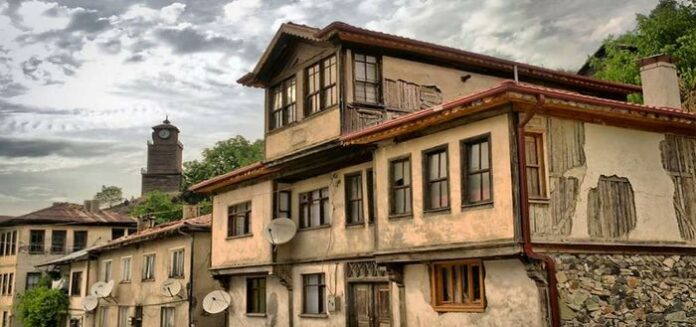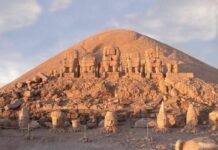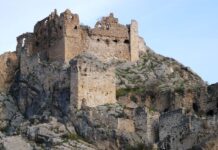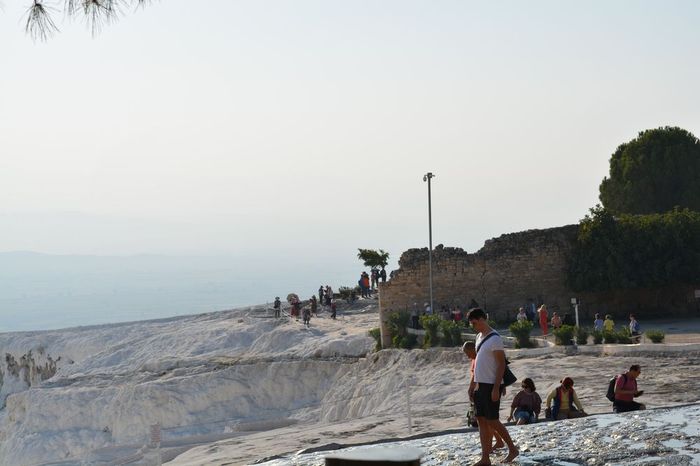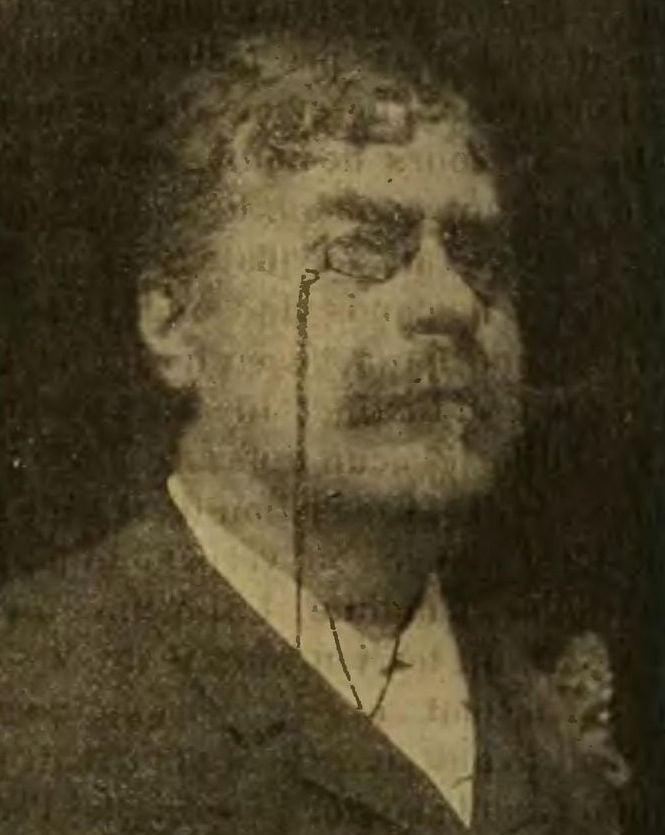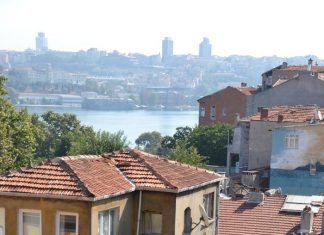Introduction to the Cave
The Cave of St. Paul, also known as Kryphi Panaya (which means “Hidden Virgin”), is a small cave located on the slope of Bülbül Dagh mountain (also called Nightingale Mountain) near Ephesus. During excavations in the area, archaeologists have found over 3,500 inscriptions, and some of the most interesting ones were discovered in this cave.
History and Legend
The cave has three names. The oldest name, Kryphi Panaya, comes from a local legend. According to this legend, when St. John brought the Virgin Mary to Ephesus from Jerusalem, they had nowhere to stay. John found this cave and hid Mary there for her protection. Later, John found a better place for Mary to live, higher up on the mountain, called Panaya Capouli. In modern times, the cave is also called the Cave of St. Paul or the Grotto of St. Paul. This name comes from early Christian frescoes and inscriptions found in the cave that mention St. Paul. The name was given by Dr. Renate Pillinger, an archaeologist from Vienna Sightseeing Turkey.
Christian Significance and Artwork
The cave has been a sacred Christian site since the 1st or 2nd century. Over the years, people decorated the cave walls with frescoes (paintings) and inscriptions. These walls were whitewashed many times and repainted with new images. Important frescoes from the 6th century were uncovered under the layers of plaster. These frescoes show the Virgin Mary, St. Paul, and St. Thecla (a female disciple of Paul). This is the only known image of St. Paul in Ephesus, and it is also the earliest known depiction of Paul and Thecla together in the world Laodicea.
Discovery of the Cave
The cave was first discovered in 1892 by a group of Lazarist priests, Fathers Henri Jung and Eugene Poulin, who were looking for the tomb of the Virgin Mary. It was “re-discovered” in 1906 and later excavated by the Austrian Archaeological Institute. During these excavations, Karl Herold, the head of the restoration department, uncovered some of the frescoes that were hidden under the plaster on the cave walls.
Structure of the Cave
The cave consists of a corridor that leads to a back room carved into the rock. This room served as a chapel where people held religious services. In the corridor, there are two niches in the walls, which are blackened with soot from lamps that were once used to light the cave. On the walls of the corridor, beneath the plaster, are Greek phrases written in charcoal and chalk. Some of these phrases say things like, “the hidden of Mother of God” and “Paul help your servant.”
Protection of the Cave
To protect the delicate and ancient wall frescoes, the cave is not open to the public. However, during the excavation of the cave, the Austrian Archaeological Institute discovered over 500 graffiti and inscriptions. These writings, which date from the 5th century to the early 20th century, are mostly religious invocations and prayers.
